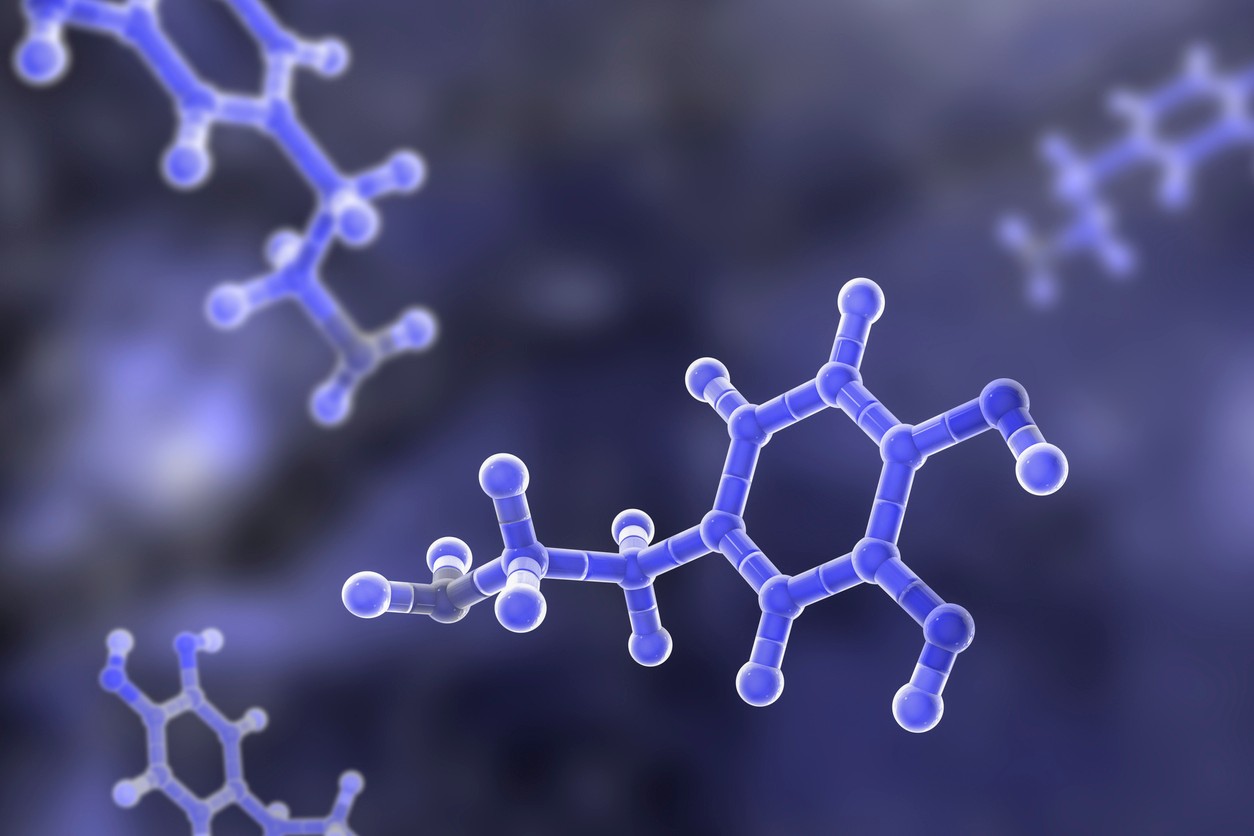
MSN, Neurology Live highlight UC Parkinson's trial results
MSN and Neurology Live covered the results of a phase 3 trial co-led by a University of Cincinnati researcher that found Parkinson’s disease medication delivered through an infusion pump is safe and effective at reducing symptoms for longer periods of time.
The trial, led by UC's Alberto Espay, MD, found that 24-hour, continuous levodopa delivered through a subcutaneous infusion pump led to nearly two additional hours per day of "on time," or the time when the medication is working and symptoms are lessened, compared to taking levodopa orally.
“Levodopa is a replacement strategy. We all make levodopa, but Parkinson's patients make less of it,” said Espay, co-principal investigator of the trial, James J. and Joan A. Gardner Family Center for Parkinson’s Disease Research Endowed Chair in UC’s Department of Neurology and Rehabilitation Medicine and a physician at the UC Gardner Neuroscience Institute.
“Once approved, this will become an important treatment strategy to consider for patients with Parkinson’s disease experiencing motor fluctuations not adequately controlled with medication,” Espay continued. “Future studies will need to determine the durability of the long-term benefits and whether any safety issues could emerge, as well as how it might compare with deep brain stimulation.”
Read the MSN story, originally published on News Medical.
Read the Neurology Live story.
Healio, Physicians Weekly, Parkinson's News Today and Cleveland.com also covered the research.
Read the Parkinson's News Today article.
Read the Physicians Weekly article, originally published on Health Day.
Featured photo at top of 3-D illustration of a dopamine molecule. Photo/Dr_Microbe/iStock.
Related Stories
Chris Higgins named UC Foundation Vice President for Development, Academic Health Enterprise
January 6, 2026
The University of Cincinnati Foundation is pleased to welcome Chris Higgins as the new Vice President for Development, Academic Health Enterprise.
UC's art collection on display at the Contemporary Arts Center
January 5, 2026
University of Cincinnati leaders joined WVXU's Cincinnati Edition to talk about the university’s 200-year-old art collection, a new exhibition at the Contemporary Arts Center and the release of a companion book exploring the collection’s role in education and public engagement.
UC faculty and staff among Rising Star leadership honorees
January 5, 2026
Two UC faculty and staff members are among this year's Rising Star leadership program sponsored by YWCA Greater Cincinnati. Kelli Beecher, assistant professor in the UC College of Nursing, and Brittany Bibb, assistant director of programs and operations in the UC Division of Student Affairs, are among the emerging leaders of 2026. They were featured in the publication Movers & Makers.
